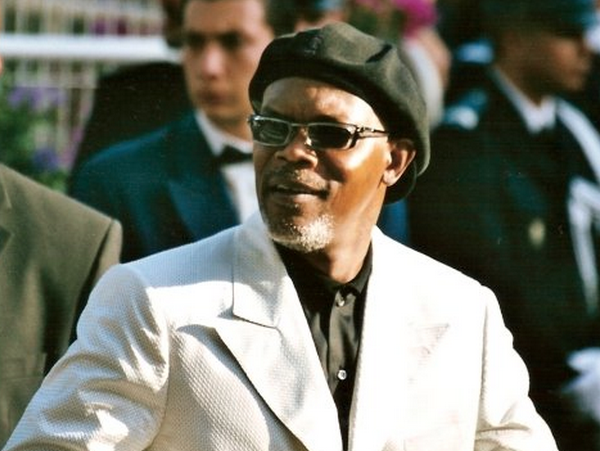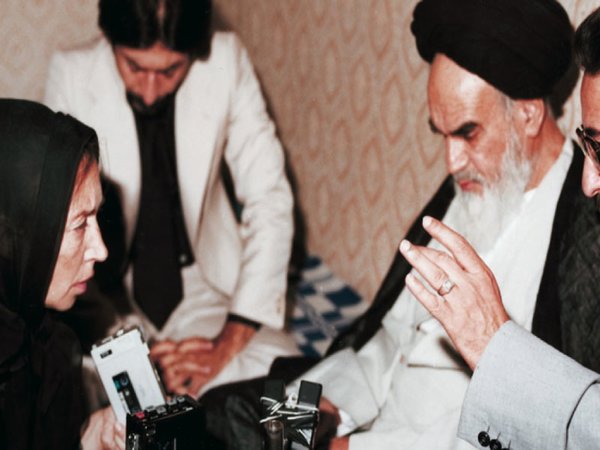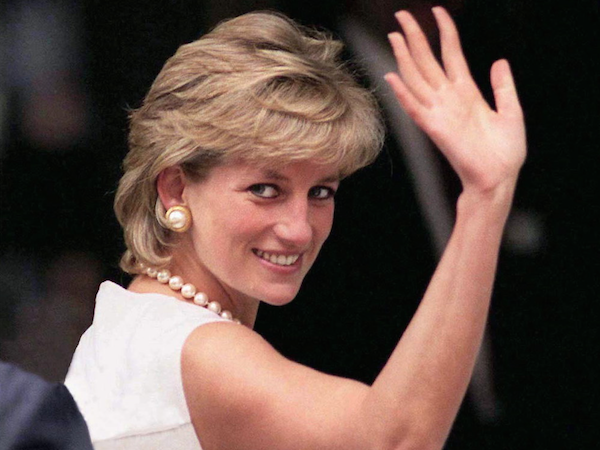Brutally honest, daringly confronting and devastatingly beautiful are words that attempt to describe writer/director Derek Cianfrance’s Blue Valentine, but they definitely do not do it justice.
Contemporary cinema has shown us a wide variety of film couples ranging from Bogie and Bacall, Cary Grant and Deborah Carr, Woody Allen and Diane Keaton, and even Jennifer Aniston and Vince Vaughn in The Break Up (where a formulaic film took a 180 degree turn with a less predictable ending. Anyway, I digress…). None, however, have been shown as more real, complex, flawed and beautiful pairing than with Ryan Gosling and Michelle Williams as Dean and Cindy.
Similar in style to the work of Woody Allen’s Annie Hall, the film takes us through the course of a five-year relationship in a non-linear time frame. Cutting back and forth from the present to the past, the film highlights the parallels between falling in love and falling out of love. If this film had been presented in a straight, linear form, it would be perhaps too depressing and morose – however Blue Valentine is anything but. The final stills shown over the credits remind us of the once happy relationship that has deteriorated in front of our very eyes, and we also get a chance to remember the better times.
The story is quite simple. Boy meets girl. Boy likes girl. Girl is charmed by boy. They fall in love. Throw in the challenges of raising a young child (played by the amazing Faith Wladyka) and the faded dreams within a harsh reality, and you have the essence of Blue Valentine. Reminders of hopes and dreams are paradoxically matched with bleak reality.
Sexuality features as a strong part of the film, and one that generated much publicity with the MPAA initially slamming the film with an NC-17 rating (a harsh rating that will not even let a film be granted advertising on television). Thankfully Harvey Weinstein appealed, managing to see the rating overturned and re-rated R (the equivalent of an M or MA rating in Australia.) While still slightly explicit, we see the scenes of a sexual nature to be imperative in telling this story. The disintegrating relationship is seen within the day-to-day interactions, and of course, in their sexual encounters. Once again, as a direct opposition to this love lost, flashbacks to their early courting are much more indicative of a budding love; one that so tragically collapses.
Michelle Williams and Ryan Gosling have never been better on film. They give courageous performances, portraying two characters in two different times of their lives. Aesthetic physicality is matched with their presence of youthful hopefulness. Dean and Cindy look happy and hopeful when we see them in their youth. However, we see completely different people through the appearance of both characters five years later (especially with a much receded hairline of Dean).
Blue Valentine is a raw, emotional, volatile, and surprisingly cute and humourous film, with all of those gushing feelings that come along in the early stages of love. Shot with wonderful direction, capturing the harrowing and brave performances of two very talented movie stars who are showing a desire to create performances rather than headlines, Blue Valentine pierces and warms the heart of the viewer, which is its greatest achievement.
Blue Valentine is released through Palace Films and opens on Boxing Day in Australia.
James Madden completed his Bachelor of Arts at La Trobe University, majoring in Cinema and Media Studies. He also blogs over at Film Blerg, where this review was originally published.






